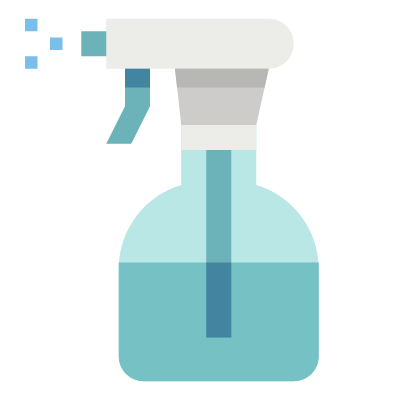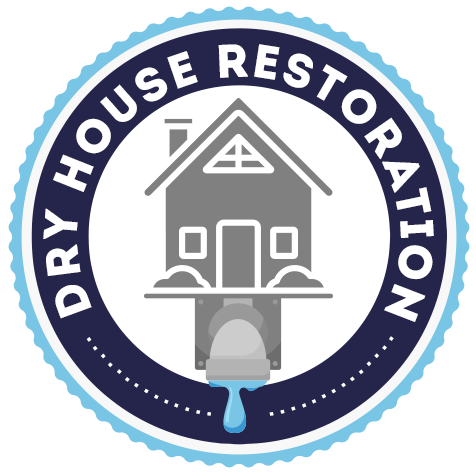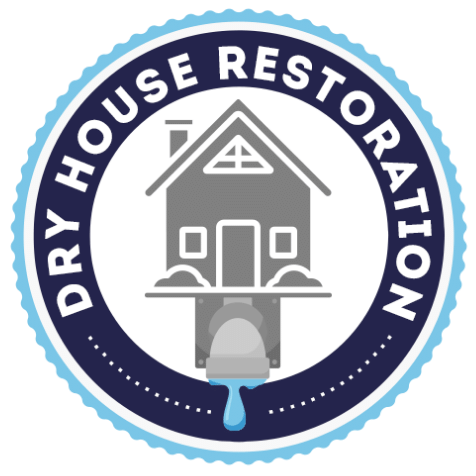What is Mold?

How Does Mold Cause Property Damage?

Health Issues from Exposure to Mold Spores
- Throat irritation
- Skin rash
- Sneezing or runny nose
- Eye irritation
- Asthma attacks
- Difficulty breathing
In rare cases, molds can even release mycotoxins into the air. Mycotoxins are toxic byproducts of fungal growth that can cause more serious health effects as they accumulate in the lungs.
It’s almost impossible to tell how dangerous a mold colony is by looking at it, and some people are more sensitive to mold spores than others. Because of this, it’s best to keep your home as close to free of mold as possible to prevent unwanted reactions.

How to Identify (and Prevent) Mold Growth in Your Home
Signs Of Mold in the Home
Sometimes, you might suspect mold growth before you identify the actual colony. Some warning signs include the following:
- Pervasive musty smell
- Unexplained allergy symptoms or asthma exacerbations
- Warped wood on walls, doors, or window sills, which can be caused by moisture and invading mold growth
If you notice any of these concerns, you may want to investigate whether there is mold growing out of sight. You may want to check your crawl space, laundry rooms, air conditioner, basement, and bathrooms, which are all common sites of mold growth.
What if I Can't Find the Mold?
If you have reason to suspect mold growth, especially if you notice water damage, you should contact a professional for help. Hidden mold can cause serious air quality problems, and it can be nearly impossible to identify if you don’t know where to look. For instance, hidden mold is often found:
- Behind wallpapers
- Inside ductwork
- Above ceiling tiles
- Under carpets
- Within the HVAC system


5 Tips to Prevent Mold Growth
1. Deal with leaks or floods immediately.
2. Monitor indoor humidity.
3. Use insulation to prevent condensation.
Improper insulation allows for condensation on windowsills, roofs, and floors. If you notice condensation in the winter months, installing extra insulation can save you from a serious mold problem.
4. Avoid carpet in moist areas.
5. Make moisture prevention part of your regular cleaning routine.

I Found Mold. Now What?

Trust Dry House Restoration for Mold Remediation
Mold can cause serious issues before you even notice it’s there. The Dry House Restoration team is filled with experts in water damage, and we provide 24/7 emergency services to assess plumbing leaks, floods, and similar problems that can lead to mold and property damage.
We also provide specialized mold remediation services, working with clients to identify problem areas, manage humidity, and remove all traces of harmful mold. To learn more about our services, contact Dry House Restoration today.

